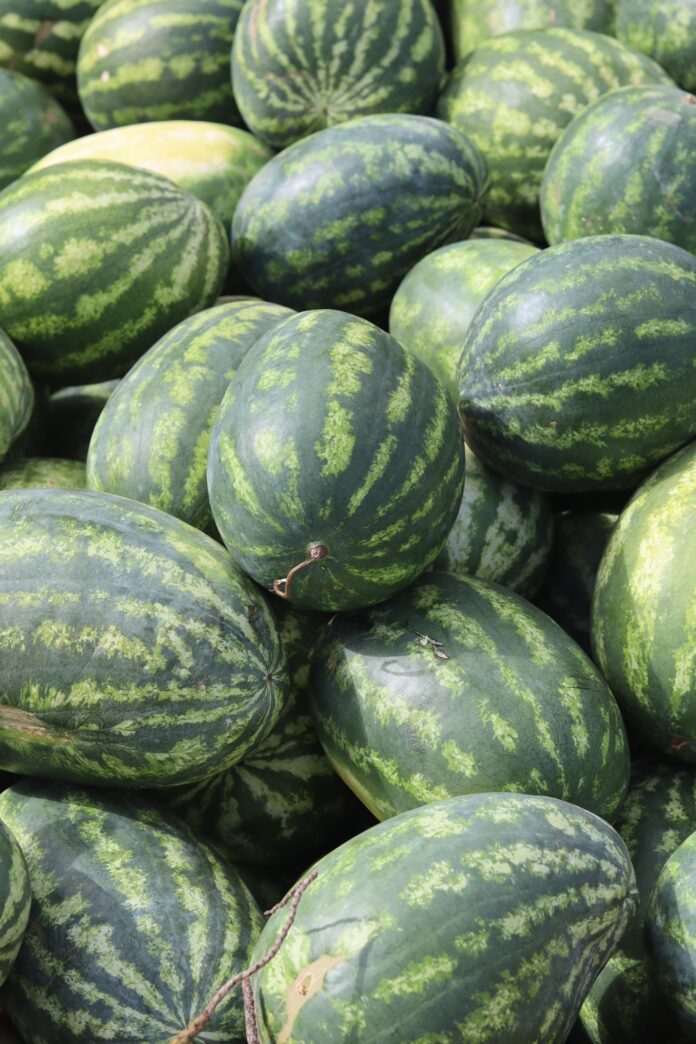Ah, the sweet taste of summer! Is there anything more refreshing than sinking your teeth into a juicy, perfectly ripe watermelon on a hot day? But finding the ideal watermelon can sometimes feel like a mysterious task. Fear not, my fellow watermelon enthusiasts! Today, we embark on a delicious adventure to uncover the secrets of selecting the perfect watermelon.
The Knock Test
When it comes to picking a watermelon, forget the old wives’ tales about thumping your chest or tapping your head. The real trick is the knock test. Give the watermelon a gentle tap with your knuckles. If you hear a deep and hollow sound, like a drum, that’s a sign of ripeness. A dull or flat sound might indicate an underripe or overripe fruit. So, trust your ears and let the sweet sound guide you to watermelon bliss.
The Belly of the Beast
Take a peek at the watermelon’s underbelly—the spot where it rested on the ground while ripening. If it’s creamy yellow, it’s a good indication that the watermelon is ripe and ready to be devoured. A white or green underbelly might suggest an underripe fruit. So, lift those watermelons and give their bellies a check for that golden hue.
The Weight Game
Size isn’t everything, especially when it comes to watermelons. Instead of focusing on size, pay attention to weight. A ripe watermelon should feel heavy for its size. That’s a sign that it’s filled with delicious, juicy goodness. So, trust your hands and go for the heavyweight champions of the watermelon world.
Web of Sweetness
Inspect the watermelon’s outer skin for its distinctive web-like pattern. This network of lines, known as the “webbing,” indicates that bees had a sweet rendezvous with the watermelon’s blossoms, pollinating it to perfection. The more pronounced and well-defined the webbing, the higher the chances of finding a sweet and juicy watermelon.
Shape Matters
While watermelons come in all shapes and sizes, there are a few pointers to keep in mind. Look for a watermelon that is uniformly shaped and free of bumps or irregularities. Avoid watermelons with soft spots or bruises, as they may be signs of internal decay. Seek out a watermelon that feels symmetrical and smooth, like a work of art.






